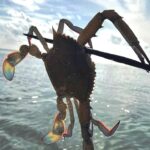Description of White mussels
White mussels (Donax serra) are wedge-shaped bivalves with coarse ridges across the posterior. The inner surface is smooth and has a purple tinge. It has a short, stubby inhalant and a long, thin exhalant siphon. It reaches a size of about 88mm (approximately at age 5). They can be found on wave-exposed sandy beaches. Please find further information at the following link. Black mussels were described on this website under this link.
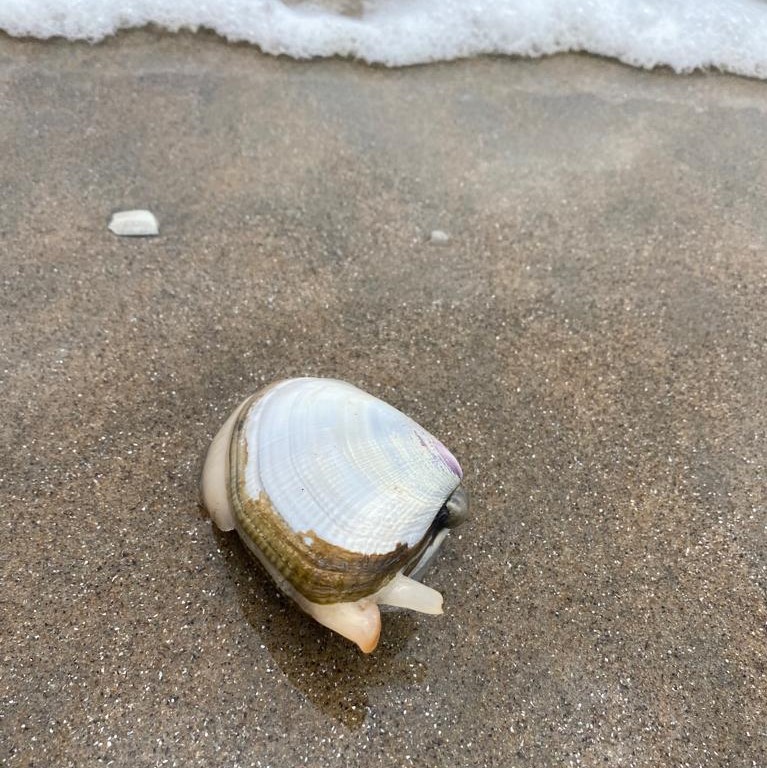
Use of White Mussels
The white mussel, or wedge clam, is predominantly used as bait for fishing along the Namibian coastline. Their feet can be eaten raw or cooked. The meat of the foot is firm yet tender and clean. It has a delicately rich, sweet flavor. The whole shucked mussel is edible, but the foot is the tastiest.
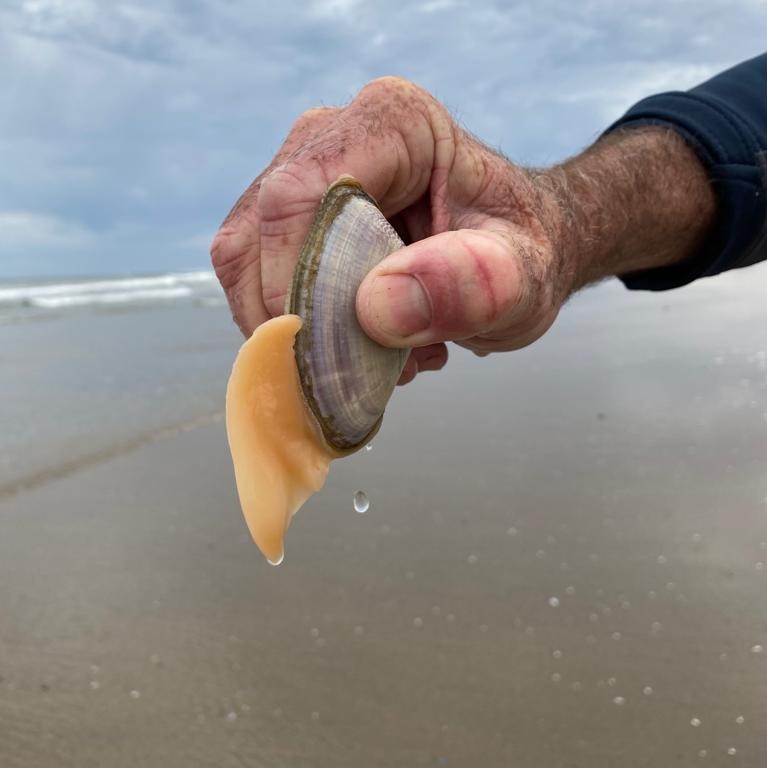
Nutritionally about 100g of white mussel meat contains approximately 25g of protein, 2g of fat, and 5g of carbohydrates. They are also an excellent source of minerals, containing zinc, selenium, iron, and vitamin B12.

Finding and harvesting White mussels
The White mussel can be found on sandy beaches along the whole Namibian coastline. To find a spot that might have white mussels, find the area where the Kelp Gull is most prominent at low tide. Once such has been identified, look for a breathing hole in the sand in the mid-to-high-watermark zone.

Start digging straight down, approximately 20cm deep. If there is no visible sign of mussels at that spot, then try the next hole. If this still does not yield success, then it could be that the mussels have moved lower down toward the water. In this case, walk on your heels (create pressure on sand) to find a similar-sized indentation and then try again. If you locate mussels in a hole, then widen the perimeter of that hole to see if there are more mussels in that spot.
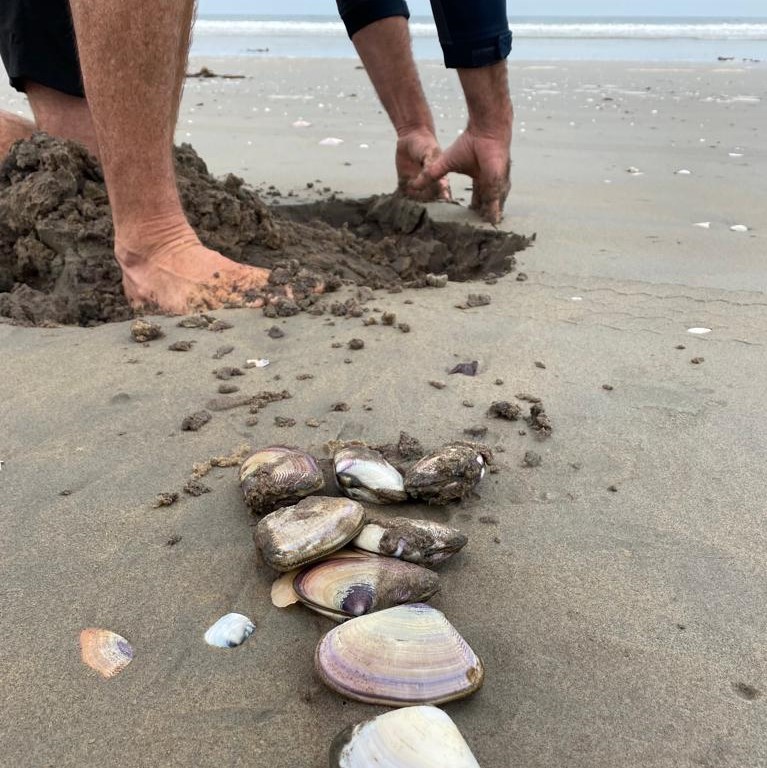
Mussels may only be dug up by hand, and no mechanized implements or digging aids may be used, therefore it is quite labor-intensive. The mussels must have a minimum size of 38mm to be legally harvested. This equates to an approximate age of 20 months.
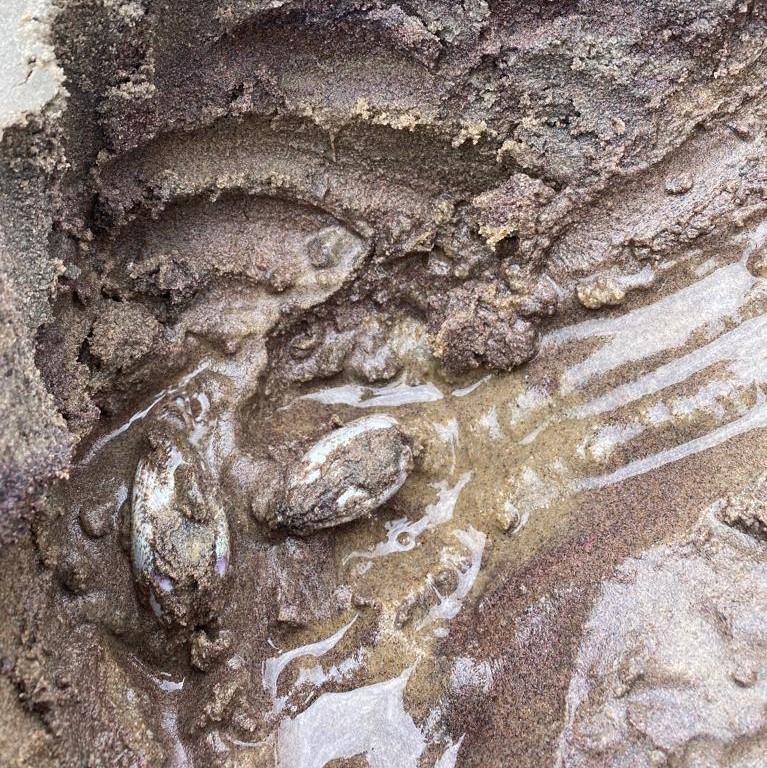
Lessons learned about White mussels:
- White mussels are available throughout the Namibian coastline.
- Kelp gulls are a good indicator of White mussel banks.
- The meat of the foot can be cut off by squeezing both mussel shells and the meat can be eaten raw or cooked.
Further readings about Bivalves on this website:
An oyster species growing on Mangrove trees
Black mussels at the Namibian coastline
Beachcombing for Vongole clams in Northern Italy
Collecting Pipi clams at Rawai Beach
.



